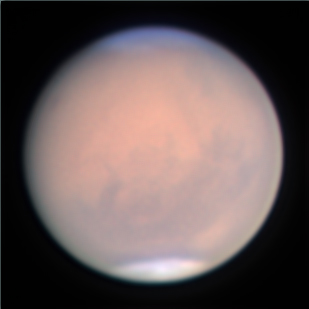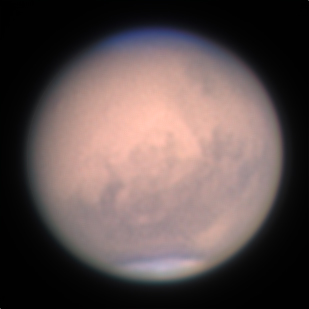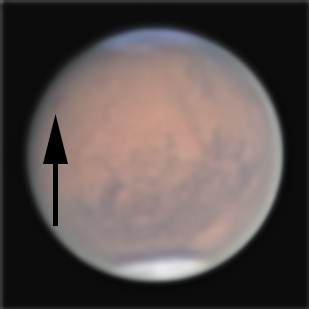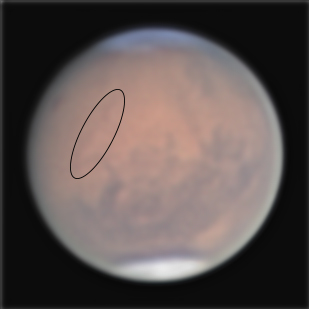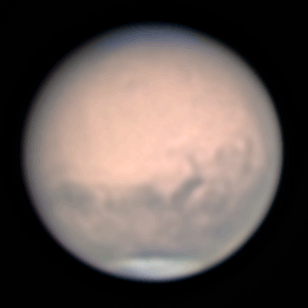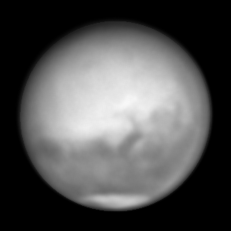so just for fun, on the evening of the Perseid meteor shower, i aimed a video camera (which came with a stock fisheye lens) at the sky and recorded images all night long. bear in mind that my skies are extremely light polluted: the milky way is not visible and only the brightest stars of constellations can be seen most nights. The situation was worsened by recent forest fires.
individual perseids:
over 7 hours (until clouds rolled) i only caught 4 bright meteor trails that would have been easily visible in my skies (and a hundred airplanes). The first, and brightest, occurred at just after midnight:
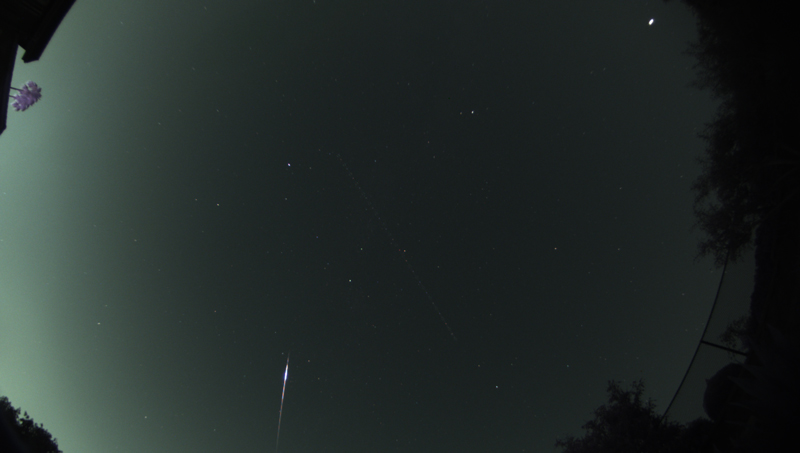 |
| Perseid meteor 8/13/2018 12:11 AM PDT faint doted line mid frame is an airplane |
Here's a blink of all 4 processed to remove light pollution/sky glow and bring out the stars:
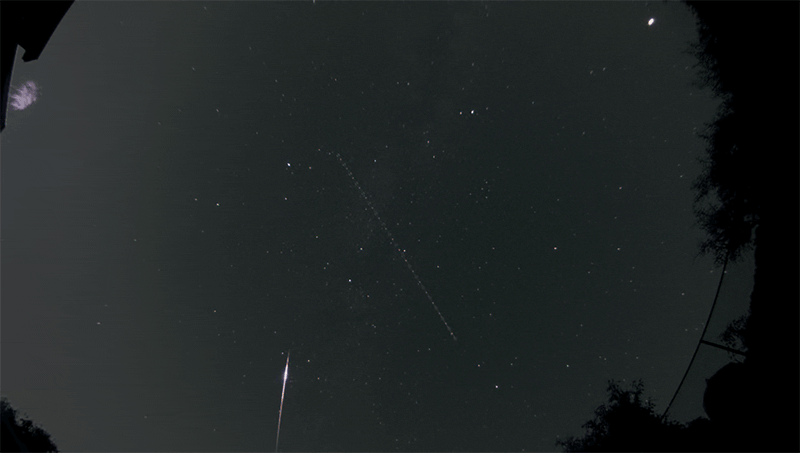 |
| meteors at 12:11 AM, 1:08 AM, 2:55 AM, and 3:50 AM PDT. clouds rolled in at 4 AM, peak viewing time :( |
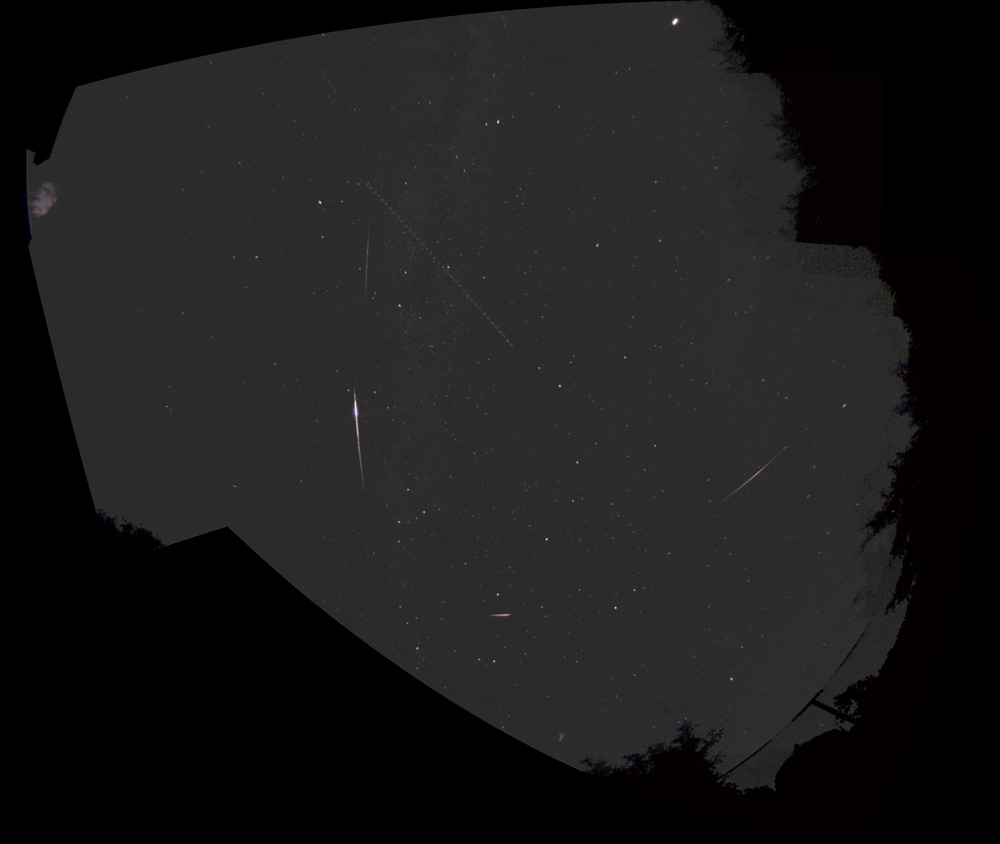 |
| 4 perseids and an airplane can you find cassiopeia, perseus? pleiades? andromeda galaxy? |
here's a cropped version with the pertinent constellations outlined:
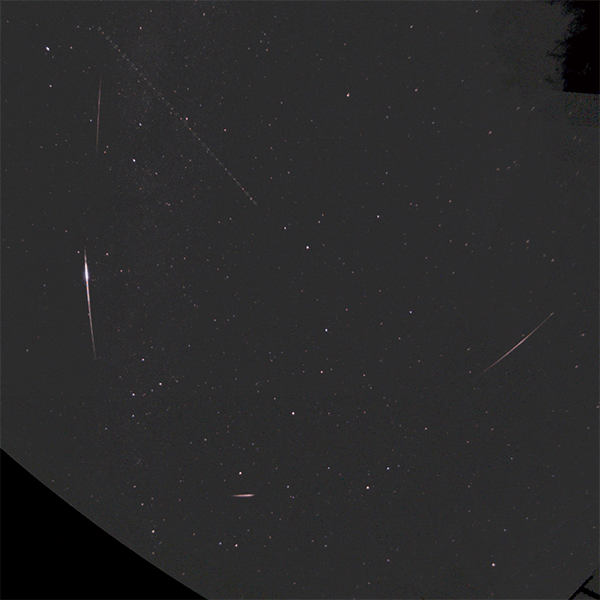 |
| note that, allowing for fisheye lens distortion, they all point to Perseus. |
and yes that faint white band in the middle of the image is the milky way:
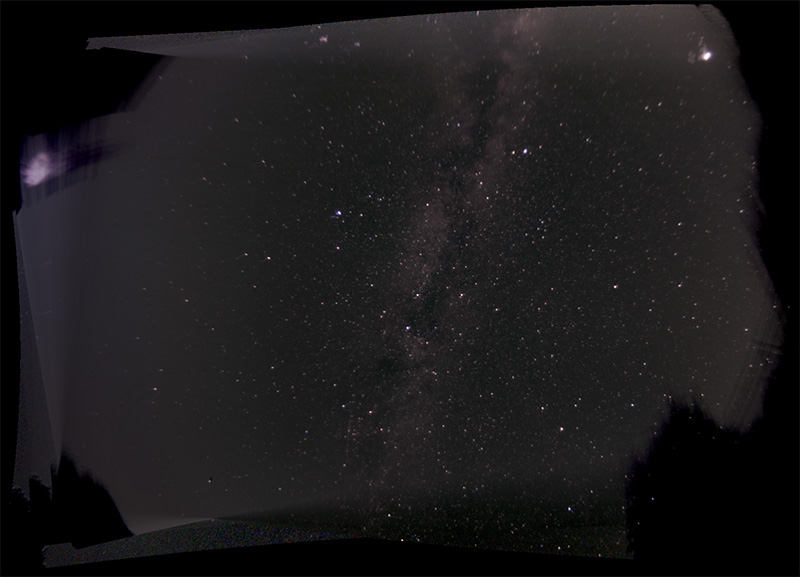 |
| 180 x 20 second frames aligned on our galaxy |
another cool thing you can do with a fisheye lens is wide field star trails: shooting pictures of the sky all night long on a tripod will demonstrate the rotation of the stars across the sky, centered around the northern celestial pole. though my camera chip isn't big enough to capture the entire sky in one image, the diagonal will reach all the way from polaris in the north to mars skimming the southern horizon:
a version with the air traffic upstaging the perseids
(slight shift in the camera position):
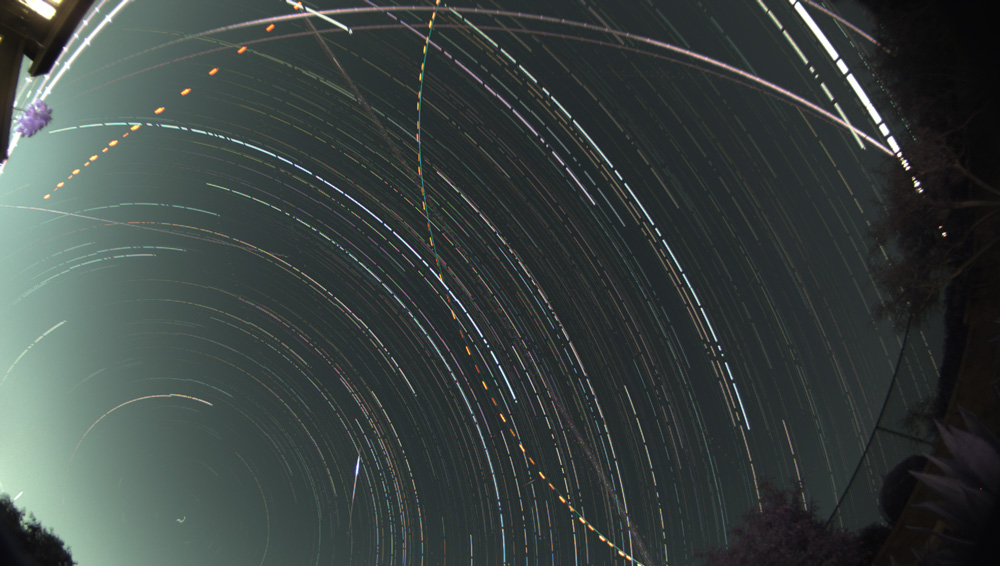 |
| The bright trail just inside mars (upper right) is saturn |
selfie/warm-up from the night before:
 |
| star trails 8/12/2018 can you see my T-shirt and blurred head moving thru a long exposure? dark shirt next time |
clouded out at the end, so i guess this is true meteorology:
disambiguation:
apparently aristotle considered anything falling from the sky: rain, snow, sleet, hail, rocks, fireballs, hellfire...a meteor, hence the confusion.
image details:
ZWO ASI 290MC
stock fisheye lens with home made cardboard dew shield and kendrick dew heater
Shutter=20.0s
Gain=100 (16%)
20 second exposures continuously from
9 PM 8/12/18 to 4 AM 8/13/18 AM PDT (until clouded out)
Eastbluff
Southern California
processing the mosaic and milky way image was challenging due to the distortions at the edge of the fisheye lens and significant light pollution gradients.
maxim was not up to the task, so i resorted to registar which did an amazing job aligning/warping images for the combined shots.
i had no flats, so used the hubble trick, creating flat via a median combine of 1000 different light frames giving a smooth background without stars to correct the uneven illumination of the fisheye:
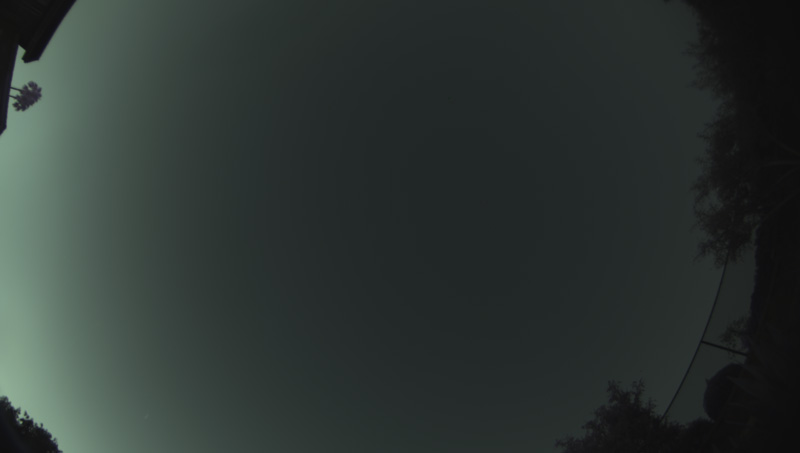 |
| median combine of all images |


